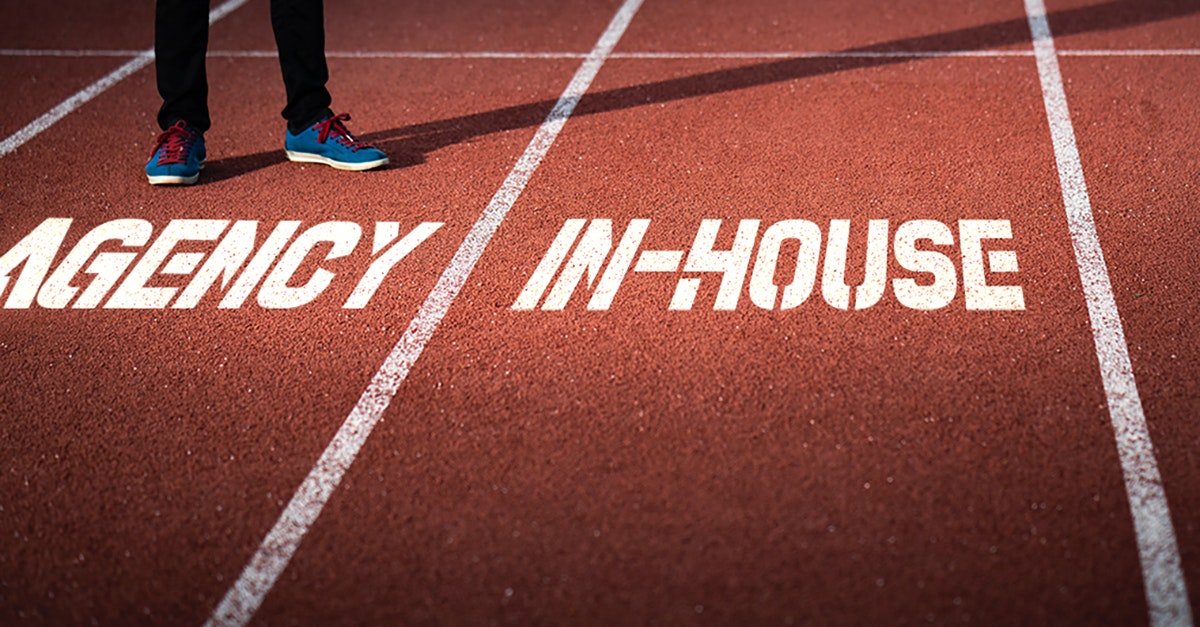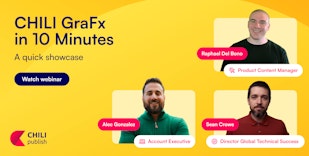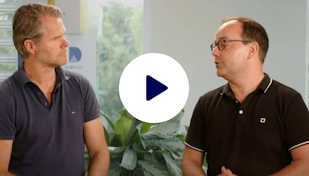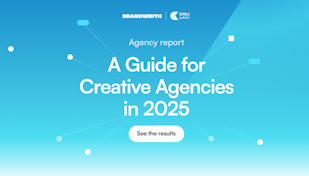[2021 Marketing] How Adidas tackled the internal vs. external creative challenge

Do you have all your graphic design work taken care of in-house? Or do you outsource to external agencies? And are you still wondering if you made the right choice? Trust me – you’re not alone. Some of the biggest brands in the world feel your pain.
Internal or external?
Keeping your brand fresh, invigorated and relevant can be a challenge, especially when you need to keep every creative contributor on the same page while keeping your messaging and identity focused.
Do you try and keep everything in-house and risk too many cooks spoiling the broth? Or do you alleviate some of the stress by using an external agency, but risk your brand being diluted by a creative force that lies outside your organization?
Ensuring the communication matrix stays on the same page is a challenge in itself, but that doesn't mean all hope is lost.
Even the biggest brands have struggled with this balancing act. But you don’t ask a juggler which ball is the most important one. Success lies in giving all of them your attention to keep a comfortable routine.
So what did Adidas do?
A recent article in MarketingWeek on Adidas peaked my interest. With its iconic three stripes, the sportswear manufacturer and innovator has become one of the most widely recognized brands in the world.
But for a while it relied on an internal marketing team to drive its global campaigns and brand identity management. That led to an overfocus on short term ideas, with a number of siloed teams and KPIs operating out of sync with one another.
The answer for Adidas was to draw their resources together and create a centralized creative team that leveraged agency talent while keeping the long-term health of the brand firmly in its sights. Even utilizing media teams in localized regions didn’t impact this optimized approach to branding because everyone was working from the same pool of resources.
Why did Adidas do it?
Basic common sense when it comes to marketing practices, if you ask me. According to some recent research by MediaSense, 66% of the brands polled via its survey are looking to reorganize their internal marketing infrastructure.
Interestingly, 59% confirmed they plan to bring much of their media functionality in-house, while a massive 61% are looking to leverage agency talent.
If you look further into the report, you find that of those that are looking to further internalize the process, 42% plan to orchestrate their own comms strategy, 27% their own programmatic buying and 17% are looking to in-housing media buying as a potential solution.
Of course, not every business has the scope or resources of an organization as large as Adidas.
So do you solve the balancing act of creative issues on more than one front? Is going fully internal the answer to this issue? No, but then again, neither is fully relying on agency creatives who aren’t fully invested in the legacy and future of your brand. It’s also an incredibly expensive investment, even in the short term.
For Adidas, centralizing their marketing also transformed efficiency and productivity. Due to ongoing campaigns, flash sales and promotions, the sportswear giant often had an over-supply of content that was far too focused on short-termism.
Much like the our customers, Adidas had a problem with competing marketing teams that created unnecessary friction between creative talent.
How automation and optimization achieve short – and long-term success for anyone.
External advertising agencies can be a powerful tool, especially when putting together content for a promotion at short notice, but contractors outside the organization can sometimes produce results that are not brand consistent.
So how do you incorporate the best of both worlds? Templatization. Smart Templates allow any creative to produce eye-catching and lead-generating visuals through design automation and the optimization of graphic assets while ensuring strict brand consistency. Whether they’re an internal or external member of the creative team, doesn’t matter in the equation.
If all assets and guidelines are available and outlined on the same platform, all of your teams operate as one big creative hive. Benefiting both your internal and external goals, aspirations and achievements.
It’s been done before.
Ask me how.
Or better yet, let me show you.
Flora
What is Adidas?
Adidas is a renowned sports brand serving a very diverse community worldwide. How they handle marketing and communication trends and tackle martech challenges is a constant source of inspiration for any marketeer looking to learn from an A-game player.
What is MediaSense?
MediaSense is an expertise and experience collective of renowned industry specialists, working with leading global and domestic brands. They regularly assess the state of affairs in brand marketing and are considered a marketing go-to force to be reckoned with.
How to secure short- and long-term brand consistency?
Brand consistency is determined by the brand marketing strategy and martech toolset available to secure the brand positioning goals. By aligning content and visual elements, and how you will deploy these in the market, you can set out clear milestones to achieve in both the short and long run.
Marketing,
Product
Flora Nkuranga
Mar 24, 2020


